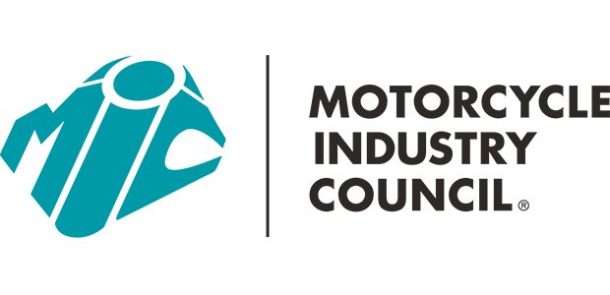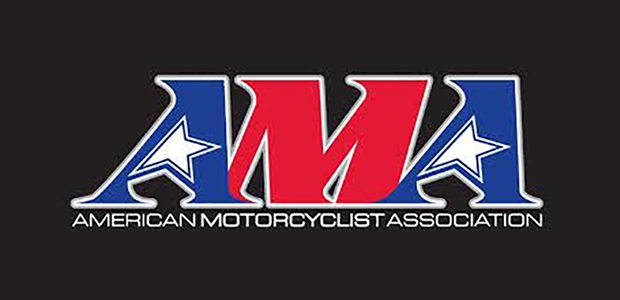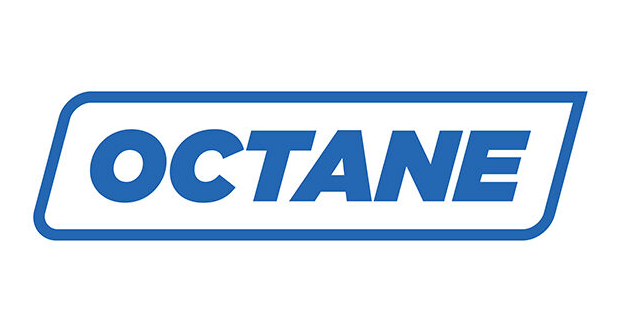July 23, 2007 – Green solution or engine wasteland?
By Steve Bauer
Managing Editor
With ever-growing concerns from U.S. consumers over the country’s dependence on oil to fuel their vehicles, the movement toward finding an alternative fuel source has never been stronger. One alternative in particular — ethanol, a gasoline blend made from corn — has slowly made its way into gas stations, with more than 5 million automobiles now capable of running off gasoline that is made up of 85 percent ethanol.
What few consumers realize, however, is that half of all gasoline currently sold is blended with up to 10 percent ethanol (E10). If a law passed in Minnesota clears Environmental Protection Agency (EPA) waivers, however, the maximum amount of ethanol that could be blended into gasoline could double, to 20 percent (E20).
The proposed increase is causing concern for automobile and powersports manufacturers over what possible damage the higher levels of ethanol could inflict on an engine.
One group that has publicly expressed its concern over the possible consequences that E20 could have on motorcycles’ engines and fuel systems is the American Motorcyclist Association (AMA), a nonprofit organization with more than 280,000 members.
Minnesota’s push for E20
Minnesota has been known for its progressive stance in not only encouraging the use of ethanol in vehicles, but also building ethanol production facilities. The plants provide an economic boost to the state’s corn farmers and rural communities, generating an estimated $1.36 billion in total economic impacts per year and 5,300 jobs, according to state figures. The state is the only one in the country to require all gasoline sold in the state to include the 10 percent maximum level of ethanol blend, and recently passed a bill that would allow the maximum blend to be increased to 20 percent.
Under the new law, however, Minnesota must seek a federal waiver from the EPA before production can begin, and the approval process from the government agency can be long because of numerous tests it normally conducts to ensure the higher blend will pass both emissions and engine standards. But to allow faster approval of E20 from the EPA, the Minnesota legislature approved funding for engine and emissions testing that’s currently being conducted at the University of Minnesota, in conjunction with the Renewable Fuels Association. The legislature’s hope is that by presenting the university’s studies to the EPA, the agency will accept the state’s findings without having to conduct its own tests, thereby speeding up the process of getting E20 blends into gas stations around the nation.
So how can one state have so much influence over a government agency? The answer can be found when looking at some of E20’s biggest supporters, including Sens. Norm Coleman (R-Minn.) and John Thune (R-S.D.), a ranking member of the Energy Subcommittee of the Senate Agriculture Committee.
Coleman says “if we are serious about bringing down gas prices, we should be adamantly encouraging all states to adopt fuel requirements like Minnesota’s.”
Too fast, too soon?
Although both powersports and automobile manufacturers are supporters of ethanol, their main concern is that rushing to approve E20 without conducting thorough, long-term testing could result in disastrous effects.
“No one, in terms of the manufacturers, has been certifying their vehicles to run properly and hold up with the higher blend because that hasn’t been an option in the U.S. because 10 percent has been the limit,” said Bill Wood, director of communications for the AMA. “For (the EPA) to essentially put this in without having any testing done first means they’re going to be running in-use testing in everyone’s vehicles out on the street.
“The auto manufacturers have the same concerns that the motorcycle manufacturers do,” he said. “It’s not possible to say that no, the vehicles can’t handle this. What we can say for sure is that none of the manufacturers have been testing or certifying their vehicles with this level because this hasn’t been an available option.”
In an interview with the Detroit Free Press, General Motors Vice Chairman Bob Lutz said “we absolutely guarantee the destruction of the engine and the fuel injection system if we go the E20 route. It will not work.”
Wood says the biggest concern of manufacturers is the corrosive properties that ethanol has on engine parts.
“Alcohol is corrosive to a lot of rubber parts that are used in carburetor and even fuel injected systems,” he said. “That was a problem when ethanol was first introduced to gas back in the 1980s. There were at the time problems with floats in carburetor that weren’t made with an ethanol-resistant material so they would actually turn to mush after a period of time. And other rubber parts tended to deteriorate to nothing if they weren’t specifically designed for ethanol. So everybody started making all their fuel system parts compliant with 10 percent ethanol, and they did long-term testing to make sure these parts would hold up over years of use.”
air-cooled engines
Manufacturers’ greatest concern is the effects the higher fuel blend would have on air-cooled engines, which would include a majority of powersports vehicles in use today. Independent tests conducted in 2002 by the National Renewable Energy Laboratory on E20 hinted that higher ethanol blends can create significant engine complications, including stalling, engine seizes, decreased fuel efficiency and even the destruction of fuel injection systems.
AMA’s Wood says the biggest effect would be on older vehicles, but the possibility of major complications with today’s vehicles is a distinct possibility.
“Because liquid-cooled motorcycles have greater capability to control operating temperatures within a narrow range than air-cooled engines do, it’s less of a concern,” he said. “Yes, this would affect those with older bikes more, although there are plenty of new bikes that are air oil-cooled engines, including those from Harley-Davidson and Victory. There are also concerns with fuel injected engines because you have a fuel pump to help build up pressure, and the fuel pump might not be resistant to these levels of ethanol.”
Banding together
To ensure proper testing can be conducted on engines before E20 can be introduced to the public, several auto and powersports organizations have formed the Alliance for a Safe Alternative Fuels Environment (ALLSAFE). The organization is currently lobbying the U.S. House Energy and Commerce Committee to include an amendment in the current energy bill that would create an open, public process to review the impacts of any new renewable fuels on the environment, and on consumers and their products. If passed, it would essentially halt the EPA from granting a waiver to Minnesota’s E20 application.
Bill Guerry, a spokesman for ALLSAFE, says allowing more time for testing will in the long run benefit both manufacturers and consumers.
“It would be an ironic tragedy if in trying to promote ethanol in the short term, Congress harms the long-term success of all bio-fuels by causing unintended harm to consumers and their products,” he said.








